Home>Articles>How To Clean A Pull-Down Kitchen Faucet Spray Head
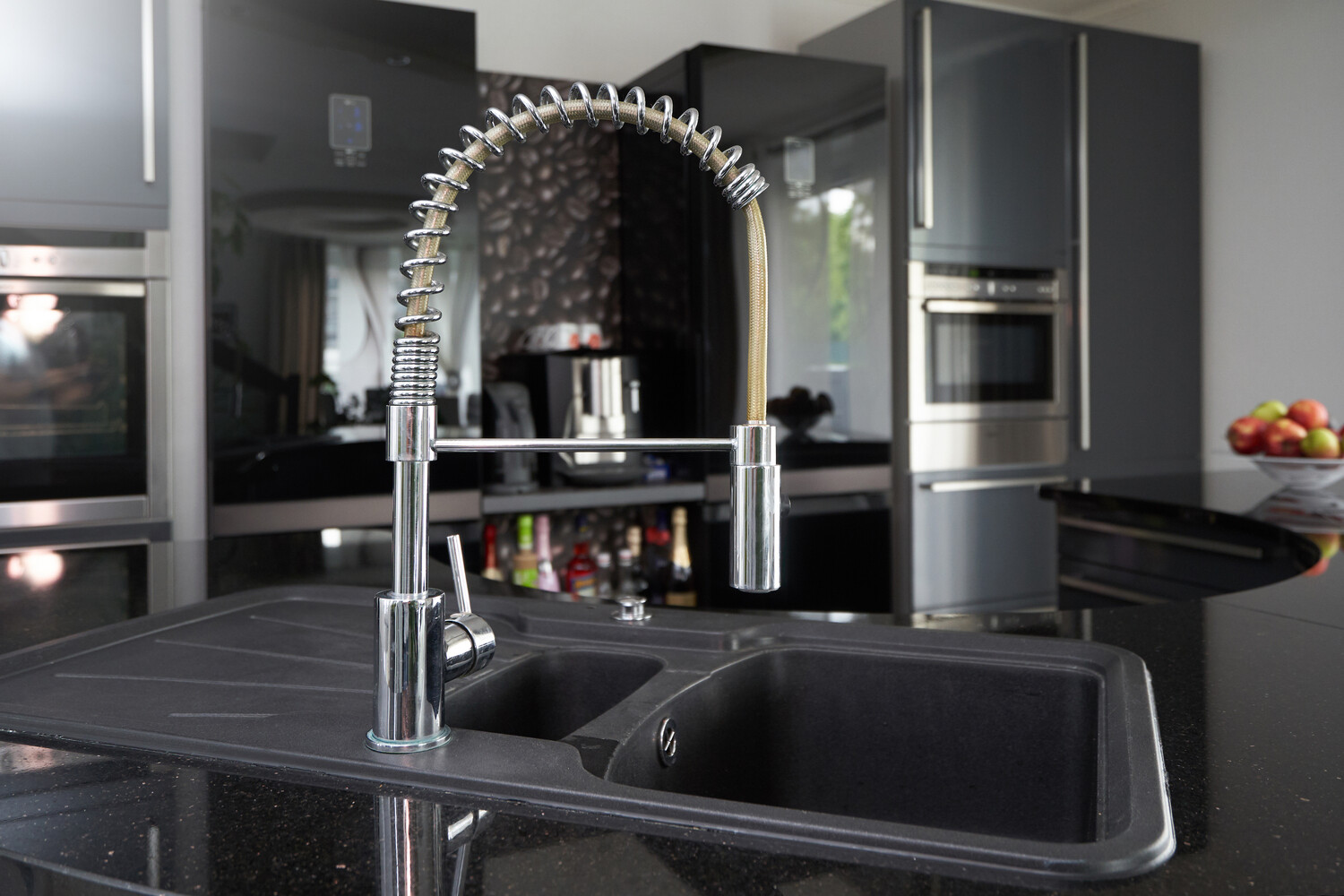

Articles
How To Clean A Pull-Down Kitchen Faucet Spray Head
Modified: March 2, 2024
Discover effective tips and techniques for cleaning a pull-down kitchen faucet spray head with our comprehensive articles. Keep your faucet in pristine condition effortlessly.
(Many of the links in this article redirect to a specific reviewed product. Your purchase of these products through affiliate links helps to generate commission for Storables.com, at no extra cost. Learn more)
Introduction
Having a pull-down kitchen faucet with a spray head is a convenient and versatile feature. However, over time, the spray head can become clogged with mineral deposits, dirt, and grime, leading to reduced water flow and compromised performance. Regular maintenance and cleaning of the spray head are essential to keep your faucet functioning optimally.
In this article, we will guide you through the step-by-step process of cleaning a pull-down kitchen faucet spray head. By following these simple instructions, you can restore the functionality and efficiency of your spray head, ensuring a steady and powerful stream of water for all your kitchen tasks.
Key Takeaways:
- Regularly cleaning and maintaining your pull-down kitchen faucet spray head is crucial for optimal performance and longevity. Gather the necessary tools and materials, prepare the work area, and follow the step-by-step process outlined in this article for a smooth and efficient cleaning experience.
- Thoroughly cleaning and drying the individual components of the spray head, as well as securely reassembling and reattaching it to the faucet, will ensure a steady, powerful, and efficient water flow for all your kitchen needs. Proper care and maintenance will extend the lifespan of your pull-down kitchen faucet spray head, providing years of reliable service.
Tools and Materials Needed
Before getting started, gather the following tools and materials:
- Adjustable wrench
- Bowl or bucket
- White vinegar or descaling solution
- Soft brush or toothbrush
- Clean cloth or sponge
Once you have all these items ready, you’re ready to begin the cleaning process.
Key Takeaways:
- Regularly cleaning and maintaining your pull-down kitchen faucet spray head is crucial for optimal performance and longevity. Gather the necessary tools and materials, prepare the work area, and follow the step-by-step process outlined in this article for a smooth and efficient cleaning experience.
- Thoroughly cleaning and drying the individual components of the spray head, as well as securely reassembling and reattaching it to the faucet, will ensure a steady, powerful, and efficient water flow for all your kitchen needs. Proper care and maintenance will extend the lifespan of your pull-down kitchen faucet spray head, providing years of reliable service.
Tools and Materials Needed
Before getting started, gather the following tools and materials:
- Adjustable wrench: This tool will help you loosen and tighten the connections on the spray head.
- Bowl or bucket: You will need a container to catch any water that may come out when detaching the spray head.
- White vinegar or descaling solution: These solutions will help break down mineral deposits and limescale buildup inside the spray head. White vinegar is a natural and cost-effective option, while descaling solutions are specifically designed for this purpose.
- Soft brush or toothbrush: Use a soft-bristled brush or an old toothbrush to scrub away any stubborn dirt or grime on the spray head.
- Clean cloth or sponge: You’ll need a cloth or sponge to wipe the spray head and other components during the cleaning process.
Make sure you have all these items ready before you start cleaning the pull-down kitchen faucet spray head. Having the right tools and materials will ensure that the cleaning process is smooth and effective.
Step 1: Prepare the Work Area
Before you begin cleaning the pull-down kitchen faucet spray head, it is important to prepare the work area to prevent any damage or mess. Follow these steps to ensure a smooth cleaning process:
- Turn off the water supply: Locate the shut-off valves under the sink and turn them off to stop the water flow to the faucet. This will prevent any accidents or water leakage during the cleaning process.
- Protect the sink: Place a cloth or towel in the sink to protect it from scratches or damage while working on the spray head. Alternatively, you can use a small bowl or bucket to catch any excess water and prevent it from splashing onto the countertop.
- Clear any obstructions: Remove any items near the faucet, such as soap dispensers or dishwashing accessories, to create a clear and accessible workspace. This will make it easier to maneuver and clean the spray head without any distractions.
By following these simple steps, you can ensure a clean and organized work area for the spray head cleaning process. Taking the time to prepare the work area will make the following steps more efficient and will help you avoid any potential issues or accidents.
Step 2: Remove the Spray Head
Once you have prepared the work area, you can proceed to remove the pull-down kitchen faucet spray head. Follow these steps:
- Locate the connection point: The spray head is typically attached to a hose that extends from the faucet. Look for the connection point where the spray head meets the hose. This connection may be secured with a threaded collar, locking mechanism, or snap-on connection.
- Determine the type of connection: Depending on the type of connection, you may need to use an adjustable wrench to loosen the collar or release the locking mechanism. If you are unsure about the connection type, consult the manufacturer’s instructions or refer to the user manual.
- Disconnect the spray head: Once you have identified the connection point and loosened or released it, gently pull the spray head away from the hose. Be careful not to yank or twist it forcefully, as this may damage the connection or the hose itself.
After removing the spray head, place it in a safe spot such as a bowl or bucket to prevent it from rolling around or getting lost. Now you are ready to move on to the next step: disassembling the spray head for thorough cleaning.
Read more: How To Remove Aerator From Pull Down Faucet
Step 3: Disassemble the Spray Head
With the pull-down kitchen faucet spray head removed, it’s time to disassemble it to access all the components for cleaning. Follow these steps:
- Inspect the spray head: Take a close look at the spray head and observe its structure. Identify any visible screws, clips, or tabs that may be holding it together.
- Remove any external attachments: If there are any additional attachments such as a flow restrictor or aerator, gently remove them. These can usually be unscrewed by hand or with the help of pliers if necessary.
- Disassemble the spray head: Using a screwdriver or a suitable tool, carefully remove any visible screws or clips that secure the different parts of the spray head. Keep track of the disassembled pieces to ensure easy reassembly later.
Remember, each spray head may have a slightly different design, so pay attention to the specific disassembly instructions provided by the manufacturer if available. If you encounter any difficulties or parts seem to be stuck, refer to the user manual or contact customer support for assistance.
By disassembling the spray head, you will have better access to the individual components for a thorough cleaning. It will also make it easier to remove any buildup or debris that may have accumulated inside the spray head over time.
Soak the spray head in a solution of equal parts water and vinegar for 30 minutes to remove mineral deposits and buildup. Then, use a small brush to gently scrub the nozzles and rinse thoroughly.
Step 4: Clean the Spray Head Components
Now that you have disassembled the pull-down kitchen faucet spray head, it’s time to clean the individual components. Follow these steps for effective and thorough cleaning:
- Soak the components: Fill a bowl or bucket with a mixture of equal parts white vinegar (or descaling solution) and water. Submerge the spray head components, such as the aerator, discs, nozzles, and any other removable parts, in the solution. Allow them to soak for at least 30 minutes. The acidic properties of the vinegar will help dissolve mineral deposits and limescale buildup.
- Scrub with a brush: After soaking, use a soft brush or toothbrush to scrub away any remaining dirt or debris on the components. Pay attention to the small crevices and hard-to-reach areas. Be gentle to avoid damaging the delicate parts.
- Rinse thoroughly: Once you have scrubbed all the components, rinse them under running water to remove any vinegar residue or loosened debris. Ensure that all the parts are clean and free from any obstructions.
- Check for clogs: Use a toothpick or a small pin to clear any clogs or blockages in the spray nozzles. Gently insert the toothpick or pin and move it back and forth to dislodge any debris that may be obstructing the water flow.
- Inspect for damage: While cleaning, inspect the components for any signs of damage or wear. Examine the rubber gaskets, O-rings, or seals and replace them if necessary. These parts are crucial for maintaining a tight seal and preventing leaks.
By thoroughly cleaning each component of the spray head, you can ensure that it is free from any buildup or debris that may affect its performance. Regular cleaning will also prolong the lifespan of your faucet by preventing damage and maintaining optimal water flow.
Step 5: Rinse and Dry the Components
After cleaning the pull-down kitchen faucet spray head components, it’s important to rinse them thoroughly and ensure they are completely dry before reassembly. Follow these steps to rinse and dry the components:
- Rinse under running water: Hold each component under a stream of running water to remove any remaining cleaning solution, debris, or vinegar residue. Make sure to rinse both the interior and exterior parts thoroughly.
- Inspect for cleanliness: As you rinse each component, visually inspect them to ensure they are clean and free from any remaining dirt or deposits. If necessary, repeat the cleaning process for stubborn stains or buildup.
- Dry with a clean cloth: Once the components are rinsed, gently pat them dry using a clean cloth or towel. Ensure that all moisture is removed to prevent the growth of mold or bacteria.
- Air dry if needed: For thorough drying, you can also let the components air dry naturally. Place them on a clean surface or use a drying rack to allow air circulation. This will help ensure that all parts are completely dry before reassembly.
Properly rinsing and drying the spray head components is crucial to prevent any residue or moisture from affecting the performance or cleanliness of the faucet. Take your time to ensure that all the parts are thoroughly dried before proceeding to the next step.
Step 6: Reassemble the Spray Head
Now that you have cleaned and dried the individual components of the pull-down kitchen faucet spray head, it’s time to reassemble them. Follow these steps for proper reassembly:
- Refer to the user manual: If you have the user manual for your specific faucet model, it is recommended to follow the manufacturer’s instructions for reassembly. The manual will provide detailed diagrams or step-by-step guidance.
- Organize the components: Lay out all the cleaned components in the order of reassembly. This will help you remember the correct positioning of each part and make the process smoother.
- Place O-rings or seals: If your spray head has rubber gaskets, O-rings, or seals, make sure they are properly positioned in their designated areas. These components play a crucial role in preventing leaks.
- Secure with screws or clips: If there were any screws or clips that held the spray head together during disassembly, reattach them in their respective positions. Ensure that they are tightened securely but not overly tightened to avoid damaging the components.
- Attach additional attachments: If there were any flow restrictors or aerators that you removed earlier, screw them back into the spray head. Ensure they are tightly secured but do not over-tighten.
Take your time when reassembling the spray head and pay attention to the proper placement of each component. Double-check that everything is securely fastened before moving on to the final step of reattaching the spray head to the faucet.
Read also: 11 Amazing Pull Down Faucet for 2024
Step 7: Reattach the Spray Head to the Faucet
With the pull-down kitchen faucet spray head fully reassembled, it’s time to reattach it to the faucet. Follow these steps to securely reattach the spray head:
- Locate the connection point: Find the hose extending from the faucet where the spray head will be attached.
- Align the spray head: Align the spray head with the connection point, ensuring that the threads or locking mechanism line up correctly.
- Attach the spray head: Gently push and twist the spray head onto the hose, making sure it fits securely. If your spray head uses a threaded connection, use an adjustable wrench to tighten the collar, taking care not to overtighten.
- Test the connection: Turn on the water supply and test the spray head by activating the spray function. Check for any leaks or improper water flow.
- Make adjustments if necessary: If you notice any leaks or issues with the water flow, double-check the connection and tighten it further if needed. If the problem persists, review the steps to ensure proper reassembly and contact customer support if necessary.
By reattaching the spray head securely, you can ensure proper functionality and a tight seal. Take your time to align and fasten the spray head correctly to the faucet to avoid any leaks or malfunctioning.
Once the spray head is reattached and tested, you can enjoy the improved performance and efficiency of your pull-down kitchen faucet. Regular cleaning and maintenance of the spray head will help ensure its longevity and continued optimal performance in the future.
Remember to periodically check the spray head for any signs of buildup or dirt and perform routine cleaning as necessary to maintain its functionality. With proper care, your pull-down kitchen faucet will provide you with years of reliable service.
Conclusion
Cleaning the pull-down kitchen faucet spray head is an essential maintenance task that helps restore its functionality and performance. By following the step-by-step process outlined in this article, you can easily clean and maintain your spray head, ensuring a steady and powerful stream of water for all your kitchen tasks.
Remember to gather the necessary tools and materials before you start, including an adjustable wrench, a bowl or bucket, white vinegar or descaling solution, a soft brush or toothbrush, and a clean cloth or sponge. These items will make the cleaning process smoother and more efficient.
Prepare the work area by turning off the water supply, protecting the sink, and clearing any obstructions. This will help you work comfortably and prevent any accidents or damage.
Next, remove the spray head by identifying the connection point and disconnecting it with the appropriate technique. Take care not to force or twist the spray head during removal to avoid any damage.
Once the spray head is removed, disassemble it to access the individual components. Use a mixture of white vinegar and water to soak the components, scrub them with a soft brush, and rinse them thoroughly to remove any buildup or debris. Check for clogs in the spray nozzles and inspect the components for any damage or wear.
Rinse and dry the components carefully, ensuring that all moisture is removed to prevent any issues with performance or cleanliness. Take your time to reassemble the spray head, following the manufacturer’s instructions if available, and securely attach any additional attachments or components.
Finally, reattach the spray head to the faucet by aligning it with the hose and twisting it until it is securely fastened. Test the connection for any leaks or issues with water flow, and make adjustments if necessary.
Regularly cleaning and maintaining your pull-down kitchen faucet spray head will not only improve its performance but also extend its lifespan. By taking proper care of this essential kitchen fixture, you can ensure a steady, powerful, and efficient water flow for all your kitchen needs.
So, grab your tools, follow the steps outlined in this article, and enjoy the benefits of a clean and well-maintained pull-down kitchen faucet spray head!
Frequently Asked Questions about How To Clean A Pull-Down Kitchen Faucet Spray Head
Was this page helpful?
At Storables.com, we guarantee accurate and reliable information. Our content, validated by Expert Board Contributors, is crafted following stringent Editorial Policies. We're committed to providing you with well-researched, expert-backed insights for all your informational needs.
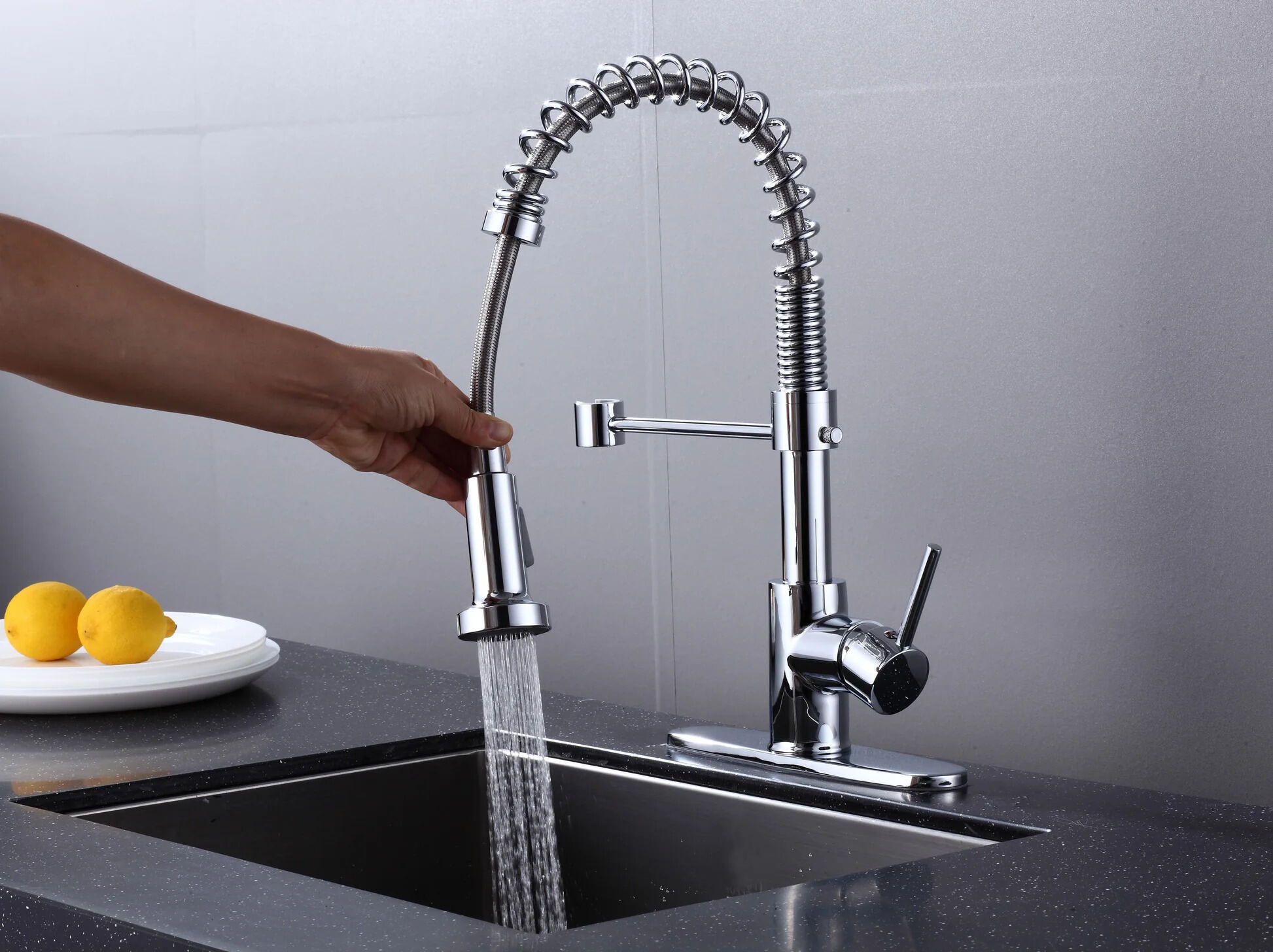
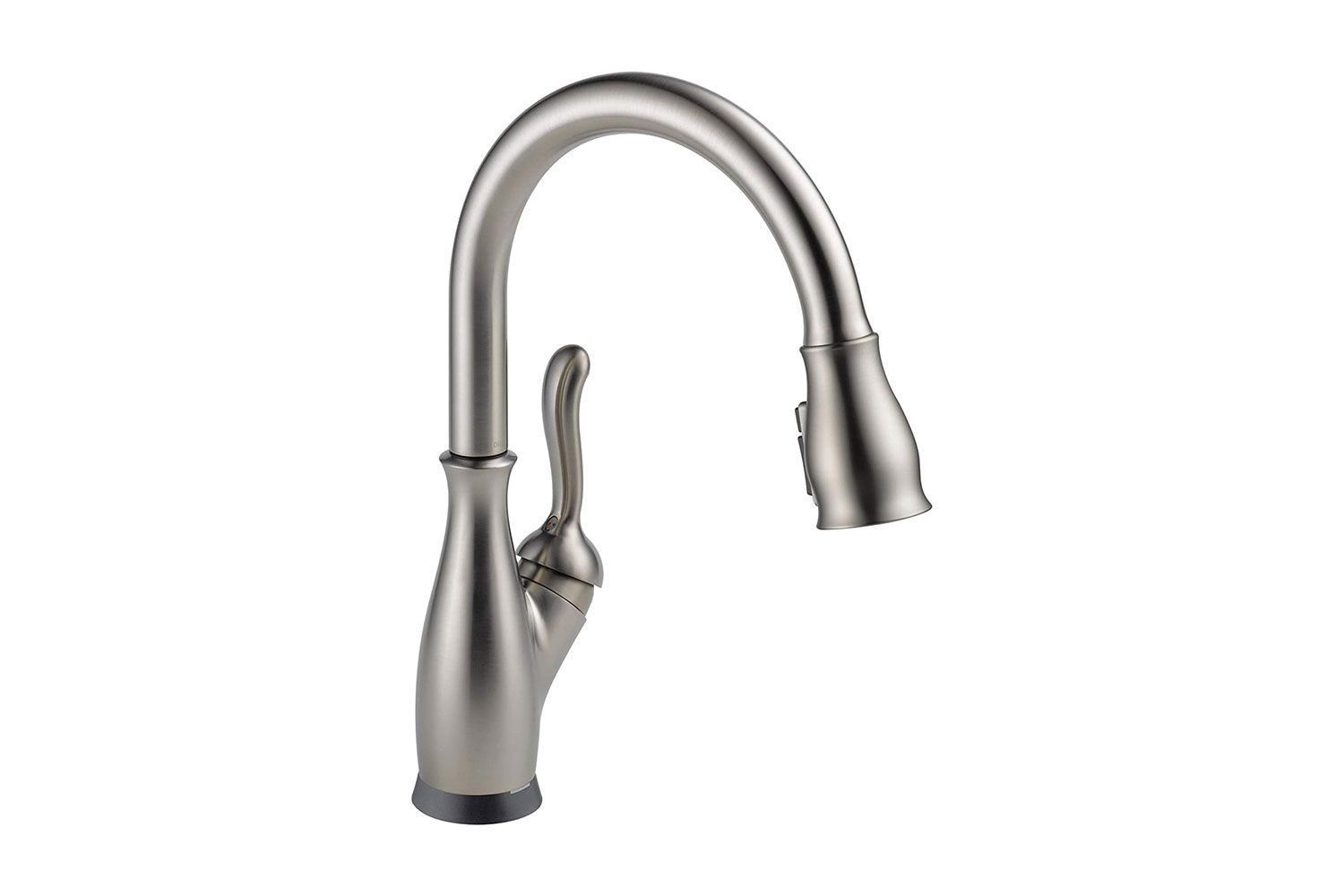
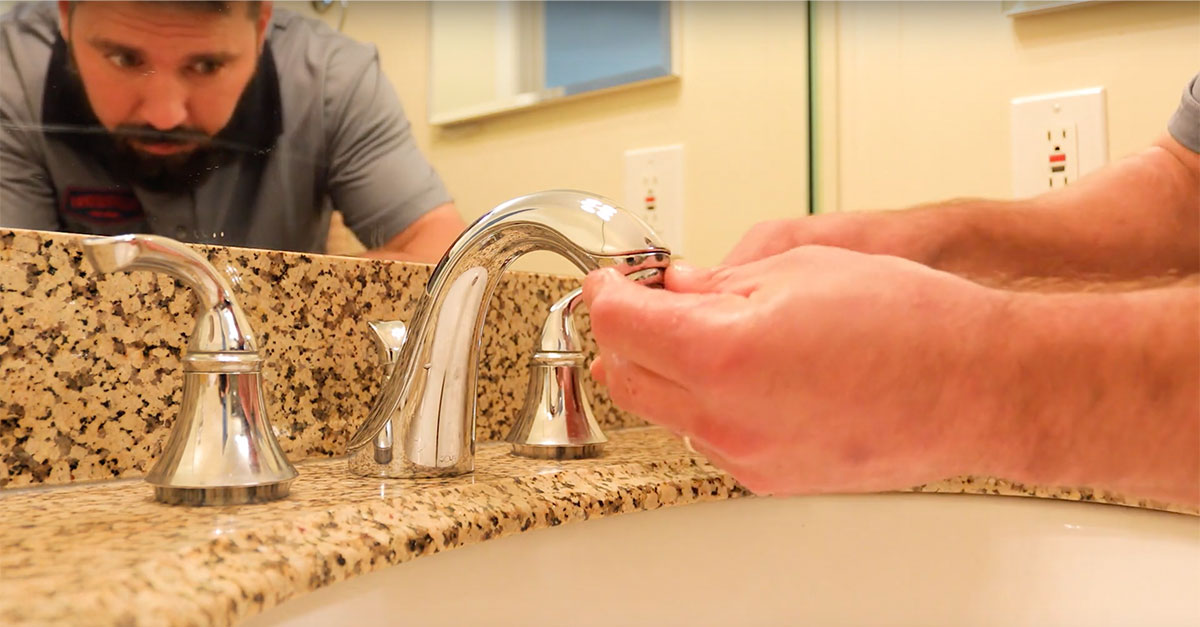
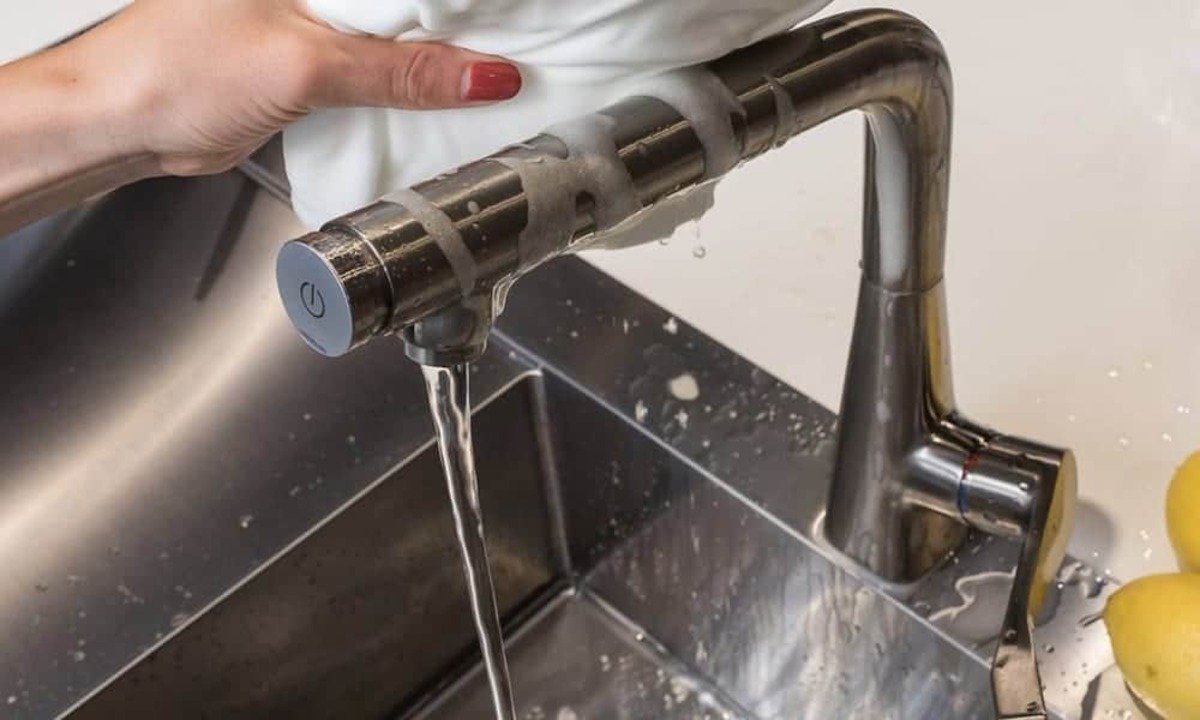
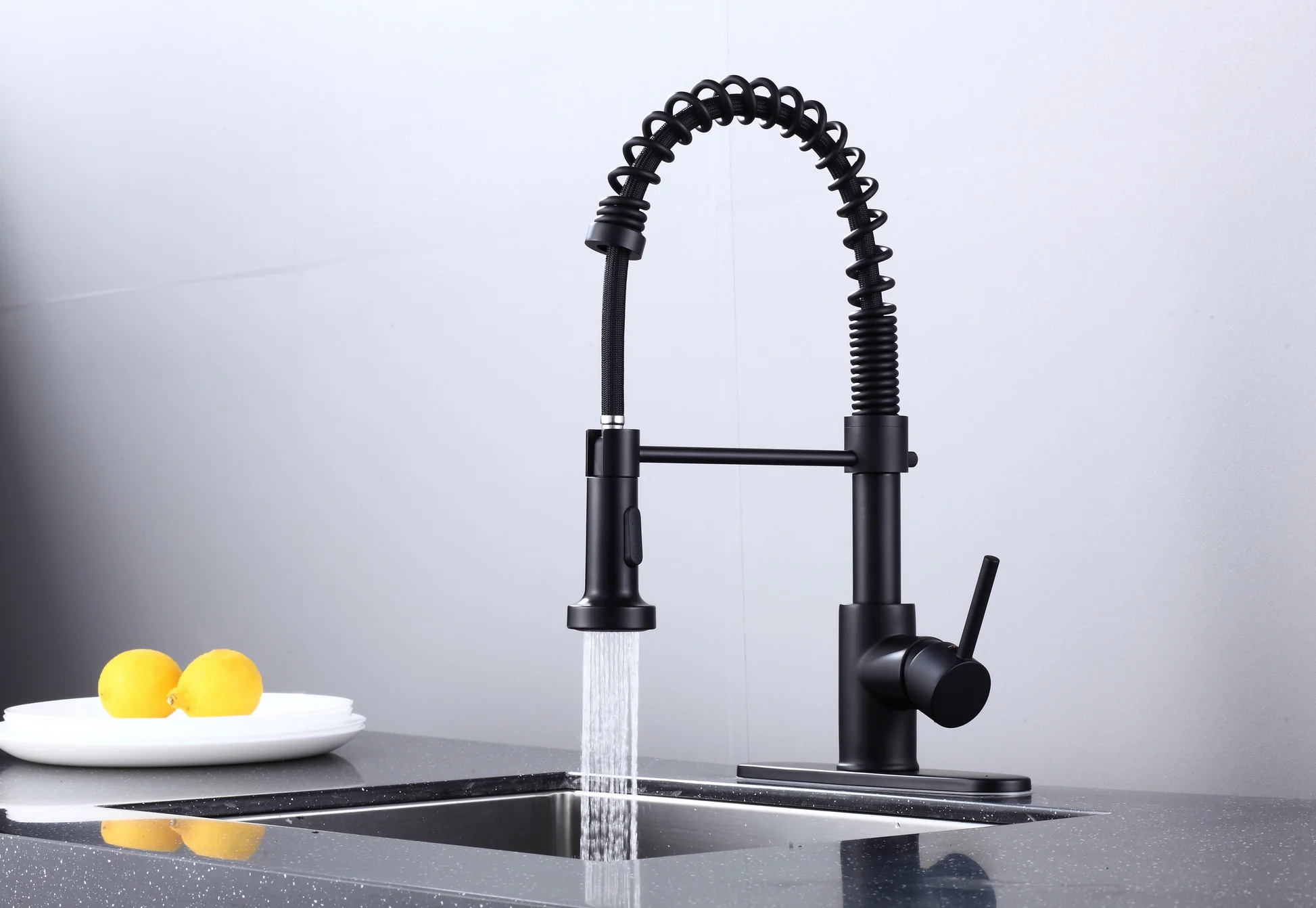
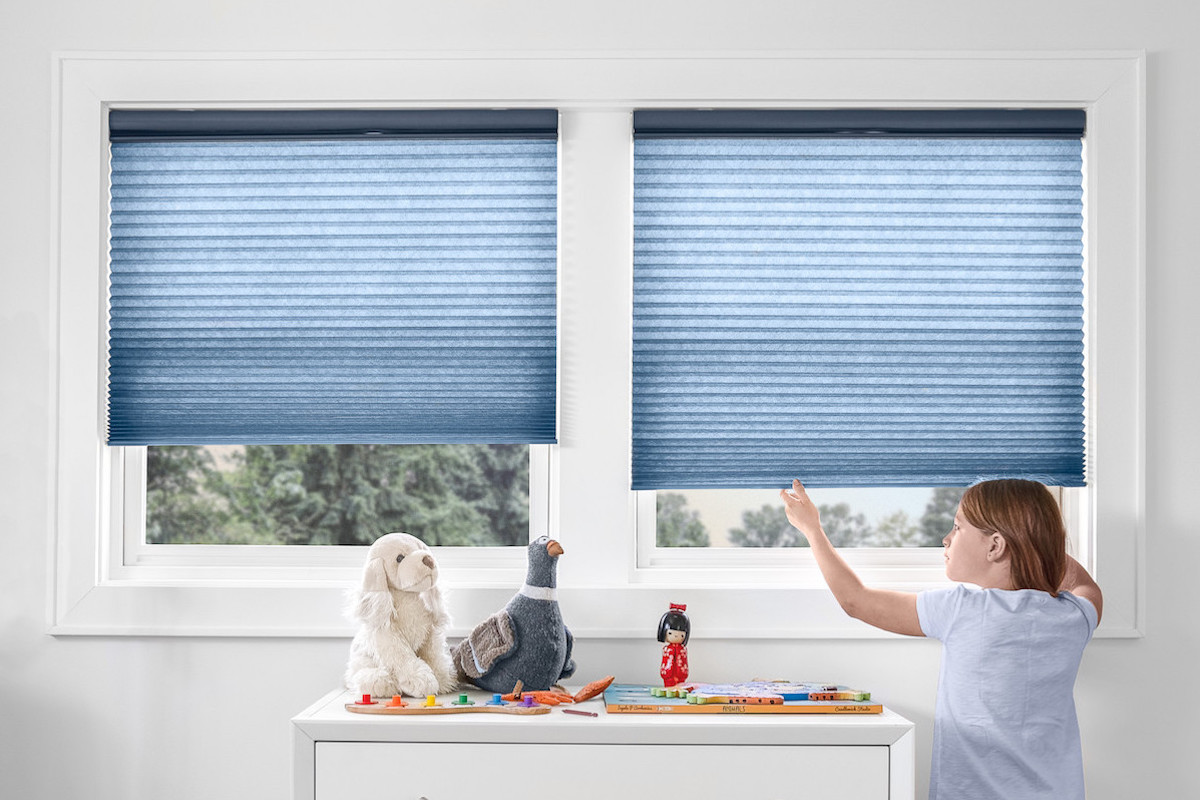
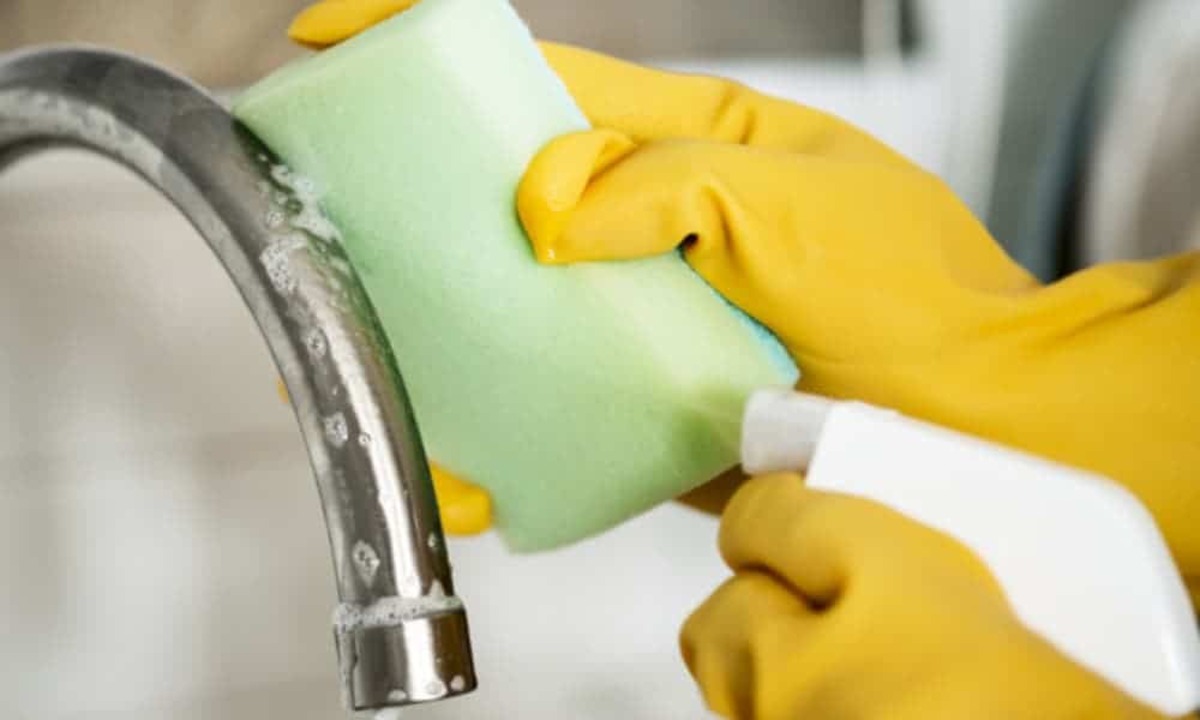
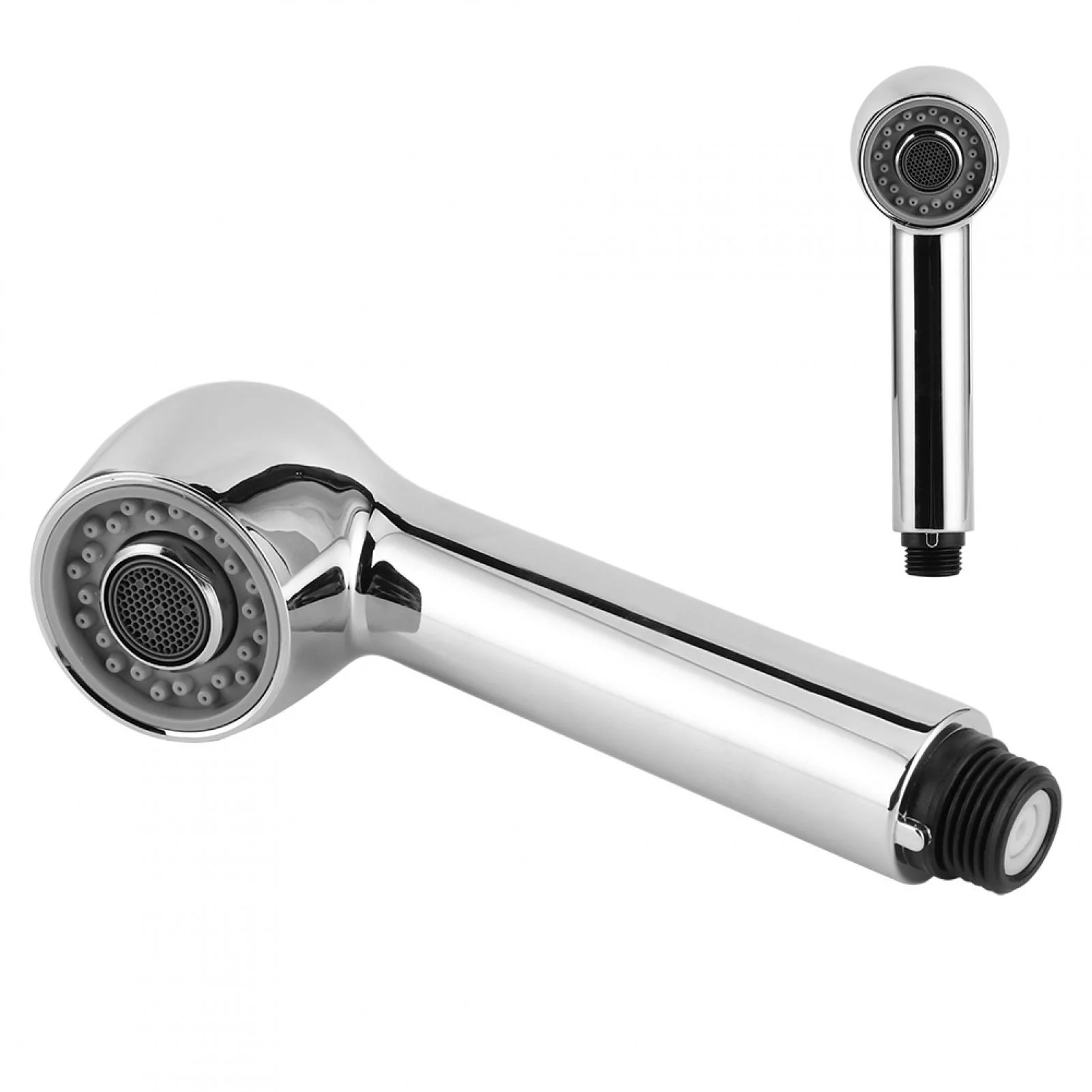

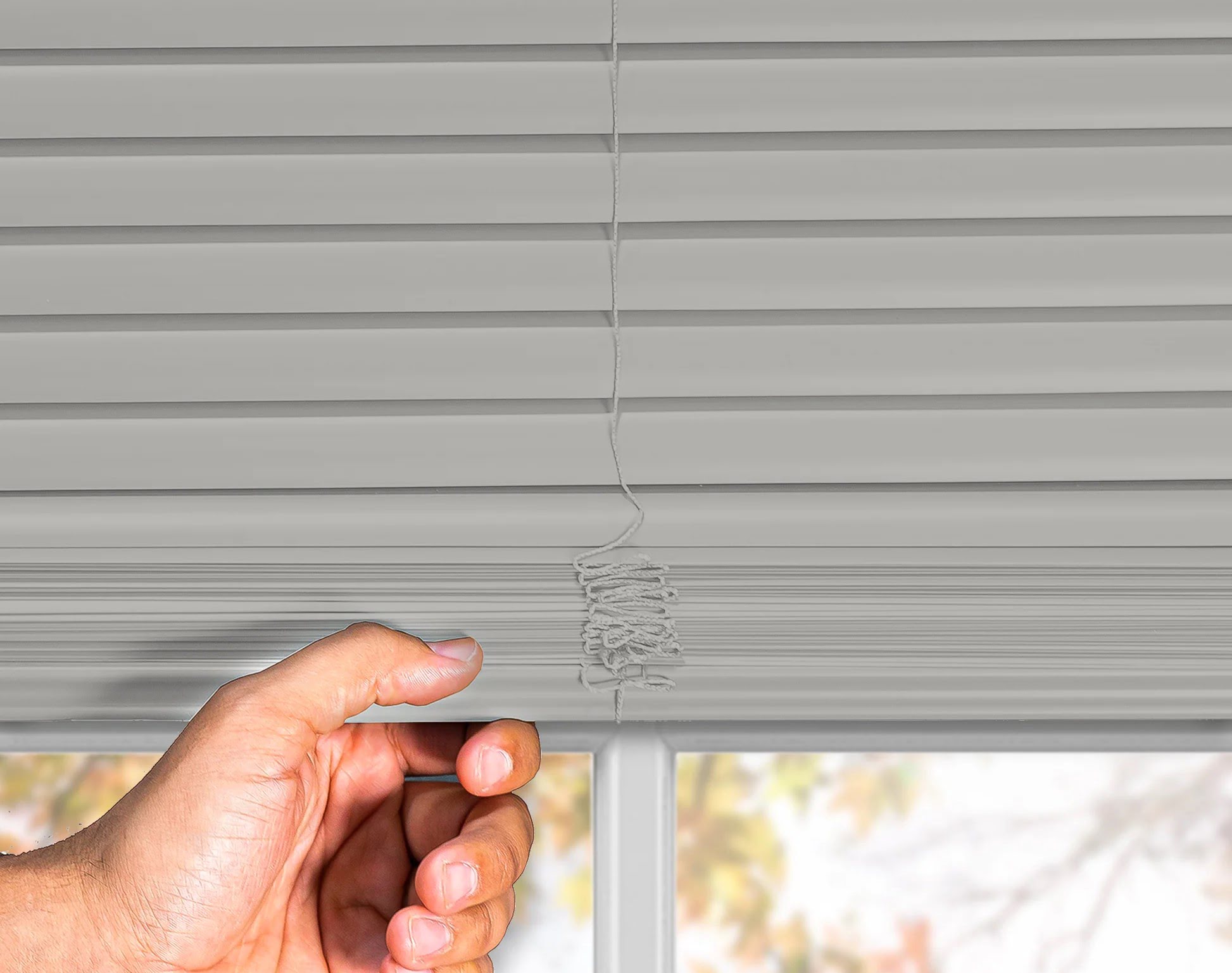
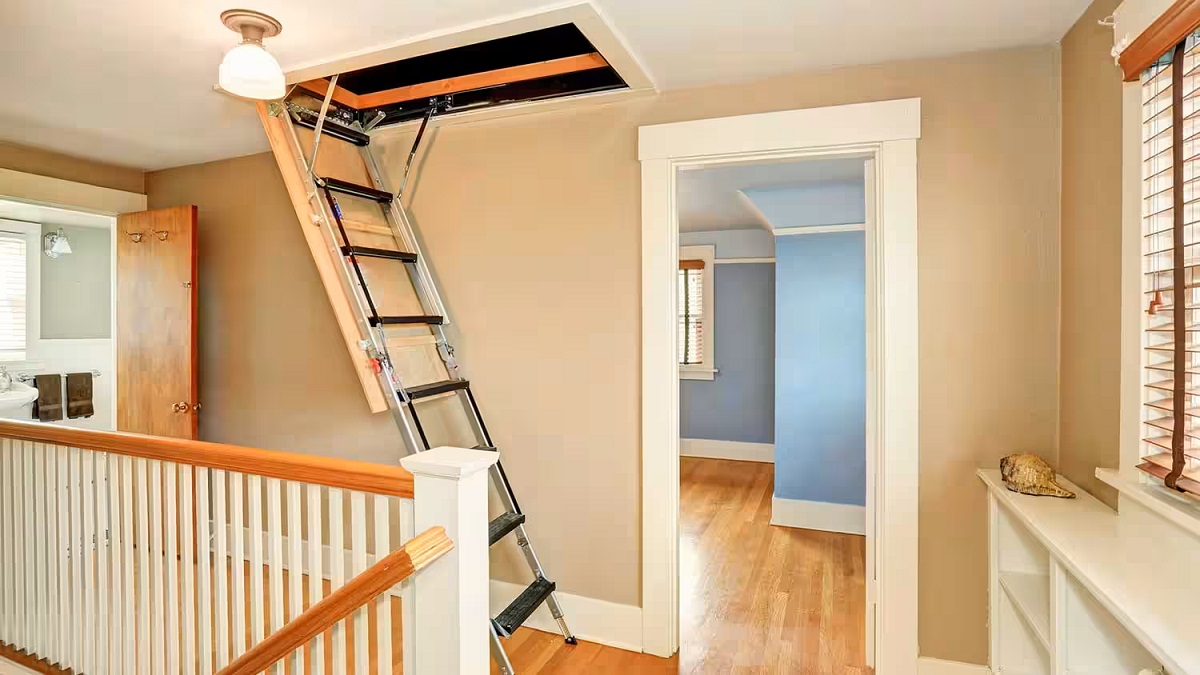
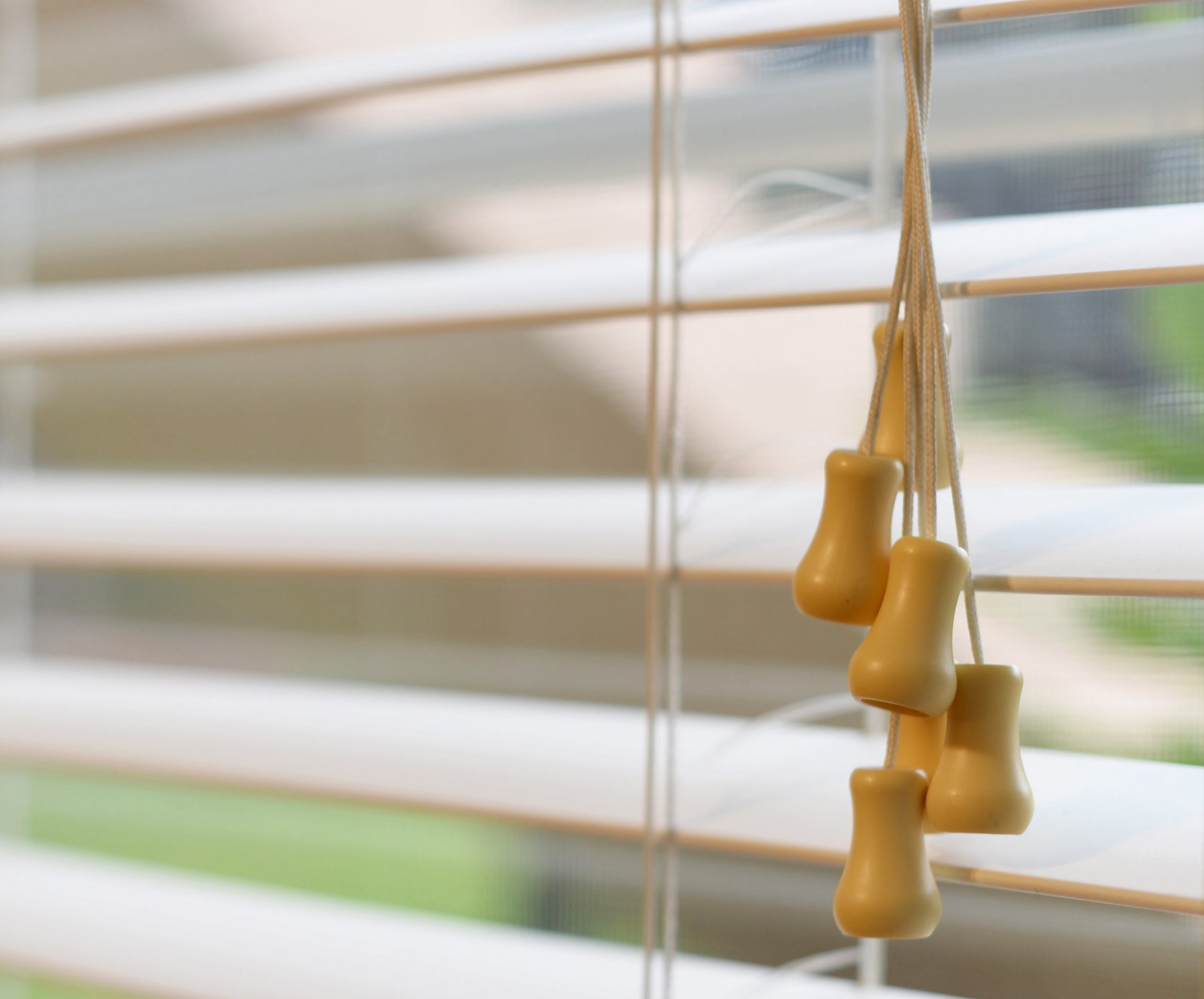
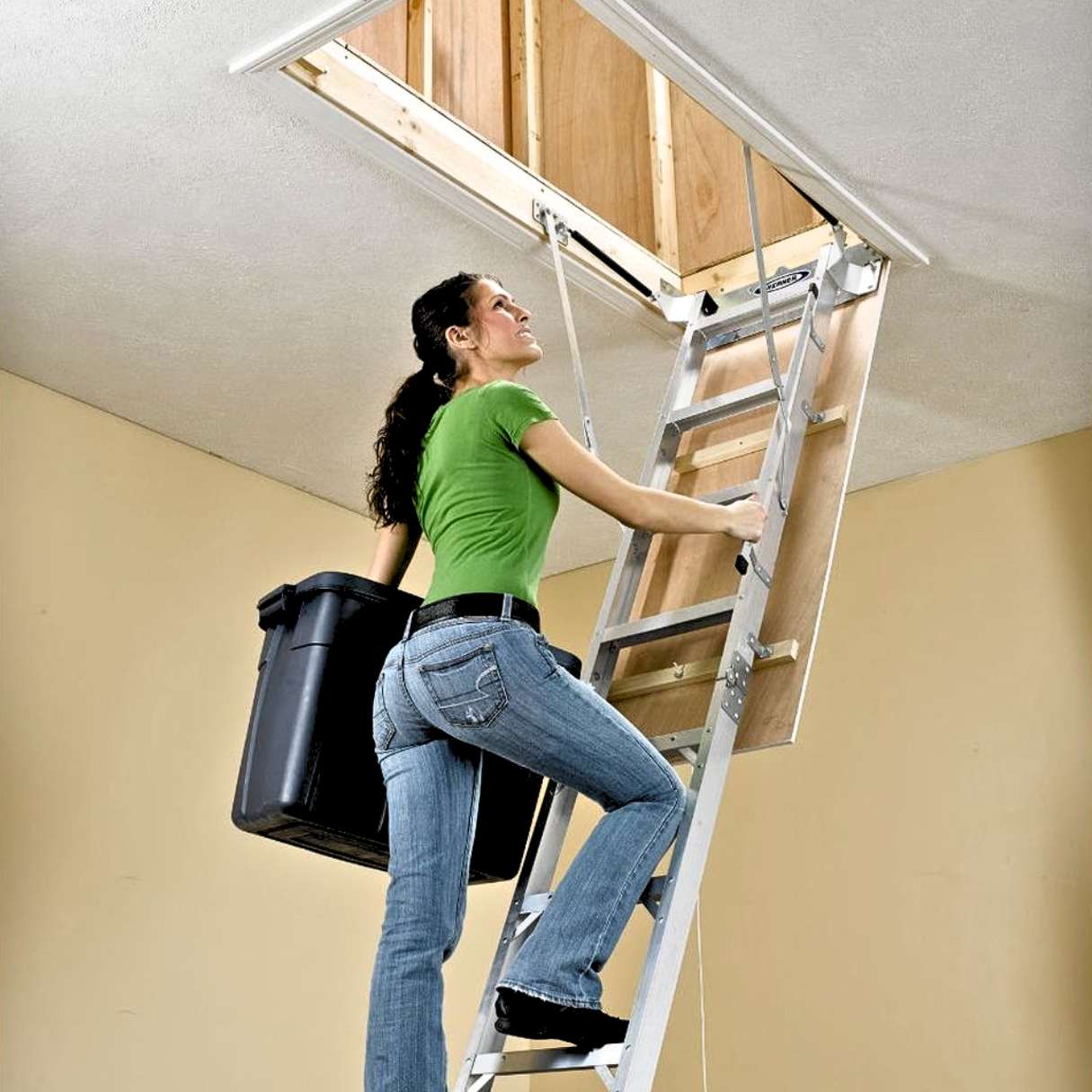

0 thoughts on “How To Clean A Pull-Down Kitchen Faucet Spray Head”